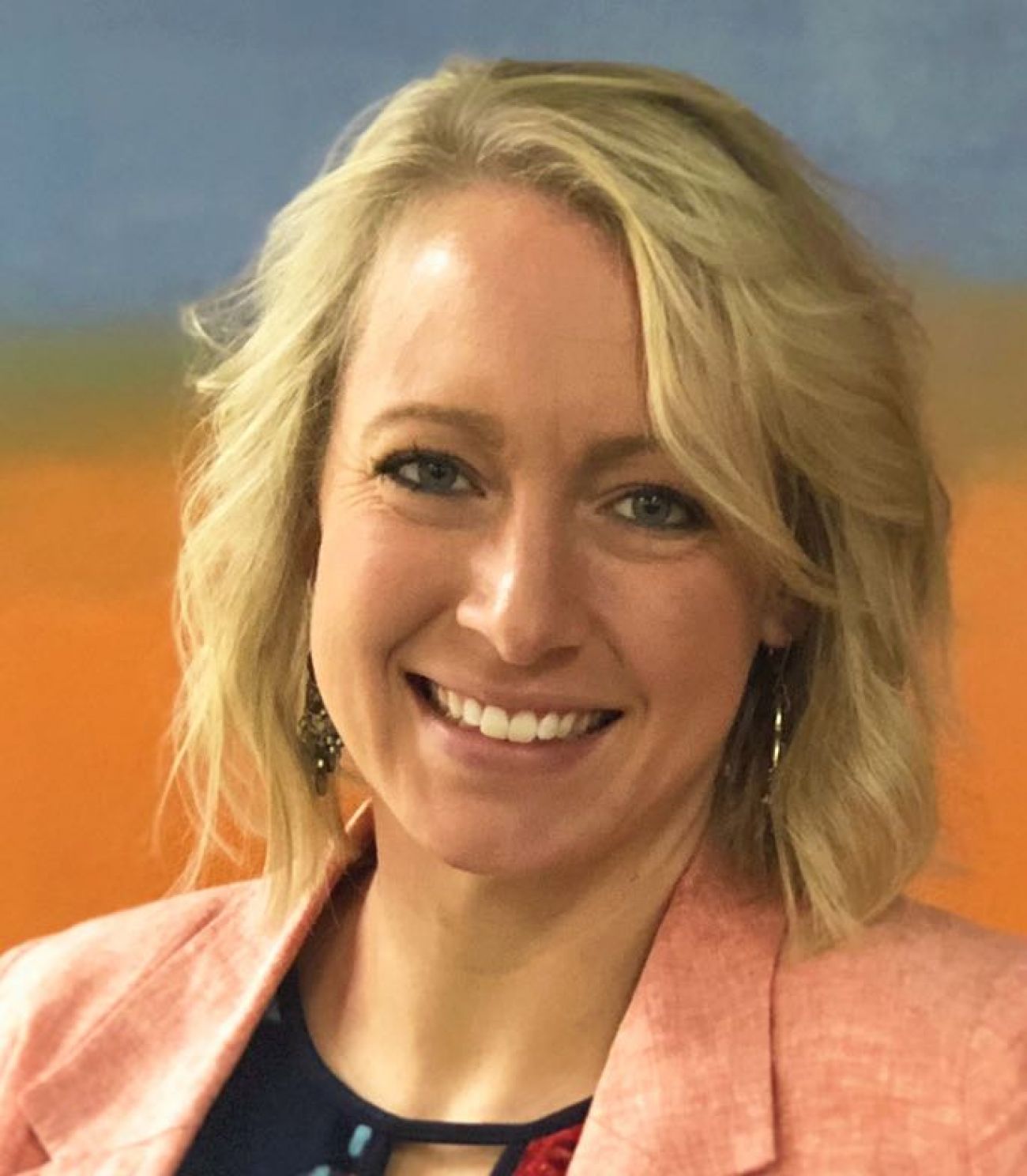Opinion | Did it really take a global pandemic to rethink education?

The COVID-19 pandemic came at us like a freight train. It made everything more difficult and we all became way too busy to try to think about any systemic or major educational change. But here we are, forced into the conversation when we, actually, are at our weakest point. Too busy to take a breath, stop and figure out the next steps.
What really should schools be working on? Let’s make a list.
- Student mental health and suicide awareness.
- Care for the whole child and teach social-emotional learning.
- Integrate trauma-informed practices.
- Reducing equity gaps.
- Improving and enhancing distance learning.
- Managing fear.
We know it all needs to change. Everything. We need to do better, and we needed to do it yesterday.
Solving big problems from a position of panic is about as close to impossible as it gets. But we are being shown more clearly than ever: Education reform must happen.
For decades, much of our education system has resembled an assembly line, inflexible to the way students actually learn. We’ve largely been delivering one product for one "set" of students. We’ve known for many years the “students in, students out,” system is flawed. But with so many interlocking pieces, it's difficult to change anything without significant restructuring and risk-taking.
COVID-19 has amplified the need for reform, but will it be what finally brings about the hard work to reform?
Educators, administrators, and parents and politicians scrambled to devise and deliver the new system as the novel coronavirus rapidly shut down our schools. In a state of panic, there’s not much coordination, there’s often a lack of communication, and it quickly becomes clear that resources are not distributed equitably.
Yet, education has to march on. So we all make do.
Like many parents, I find my personal and professional lives merging as never before. It’s impossible for me to separate them right now, so instead, I’m trying to learn from them. Do you feel that knot in your chest? I have it too.
I have three sons, each of whom is experiencing the current schooling scenario differently. Your kids, your neighbors, the kids in your youth group, or the kids playing basketball too late at night? They all have their own stories, too. Each story, each individual kid, makes me think differently about what schools “should look like” in the future.
Before we head into a new school year with a backpack full of uncertainty, we need to ask critical questions. Do we have the conviction to stop treating our students like a product on an assembly line and start treating them as the individuals they are? This is our chance to finally reexamine the system and rebuild it to best suit students while keeping them safe, and here’s where I’d like to start:
- Focus on individual learning. Actually reach out to each student and find out where their skills are as they start the year. What are their learning goals? How do we get them there?
- Start addressing the things you see as equity gaps. Guess what? They were equity gaps BEFORE the pandemic too. Start sharing the solutions you’re dreaming up at home with your district and the state.
- Consider compliance vs. competence. Do we need students to "sit through" a course if they can demonstrate they already know the material? How do we measure and move on?
- Rethink nostalgia’s role in structure. Images of prom, lockers, Friday night lights and more often shape our perceptions of how education must be delivered. But even if we bring students “back” to classrooms physically, these experiences will be fundamentally changed for the foreseeable future. Which begs the question: Do we need the traditional classroom?
With all this time spent at home as our kids continue to learn, we’ve been given the gift of an up-close look at how they experience education. And we’ve learned first-hand some of the largest challenges teachers face daily in delivering education. It’s time we turn that knowledge into action and deliver the kind of education reform that will have an impact on all of Michigan’s students.
See what new members are saying about why they donated to Bridge Michigan:
- “In order for this information to be accurate and unbiased it must be underwritten by its readers, not by special interests.” - Larry S.
- “Not many other media sources report on the topics Bridge does.” - Susan B.
- “Your journalism is outstanding and rare these days.” - Mark S.
If you want to ensure the future of nonpartisan, nonprofit Michigan journalism, please become a member today. You, too, will be asked why you donated and maybe we'll feature your quote next time!




